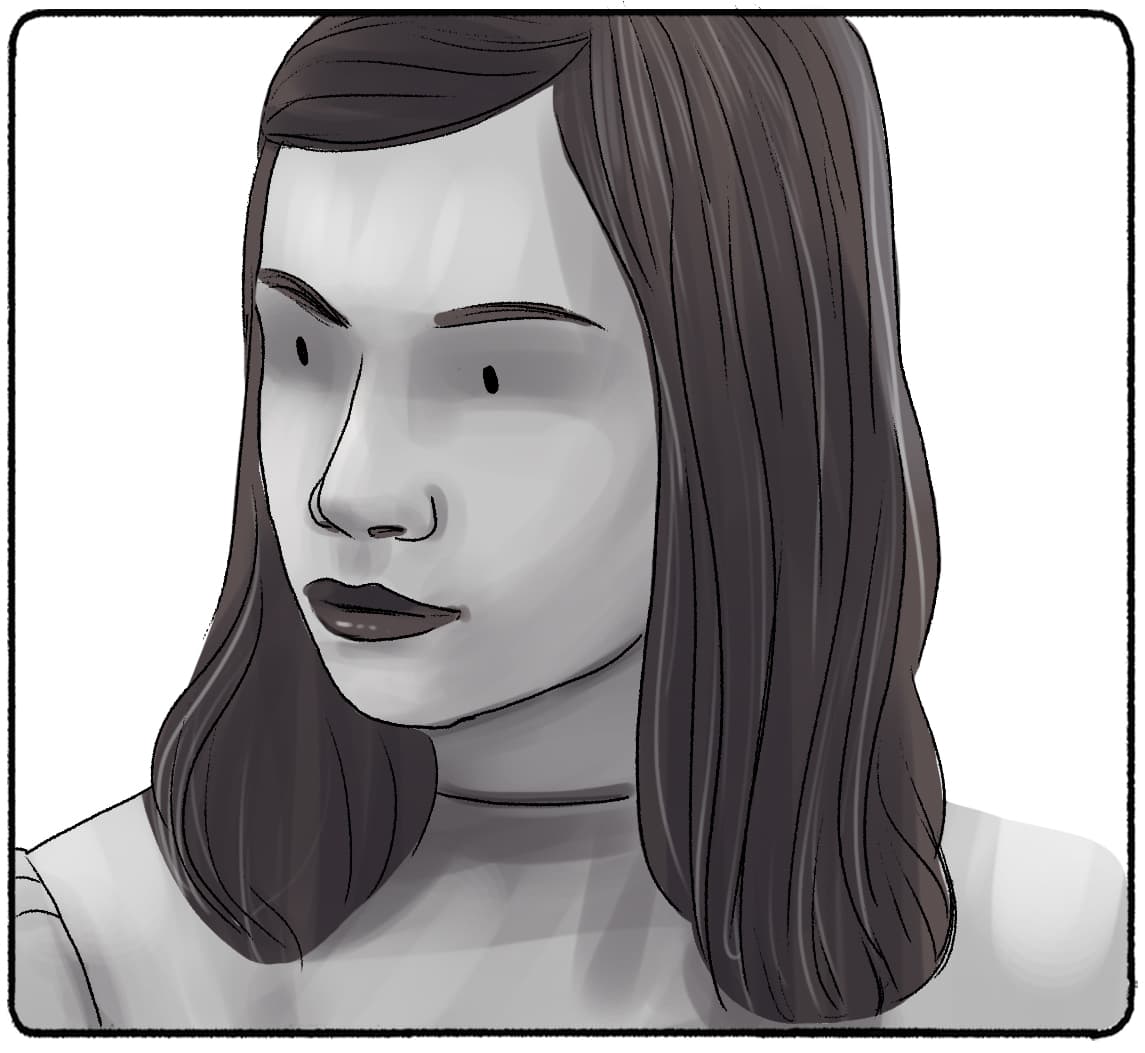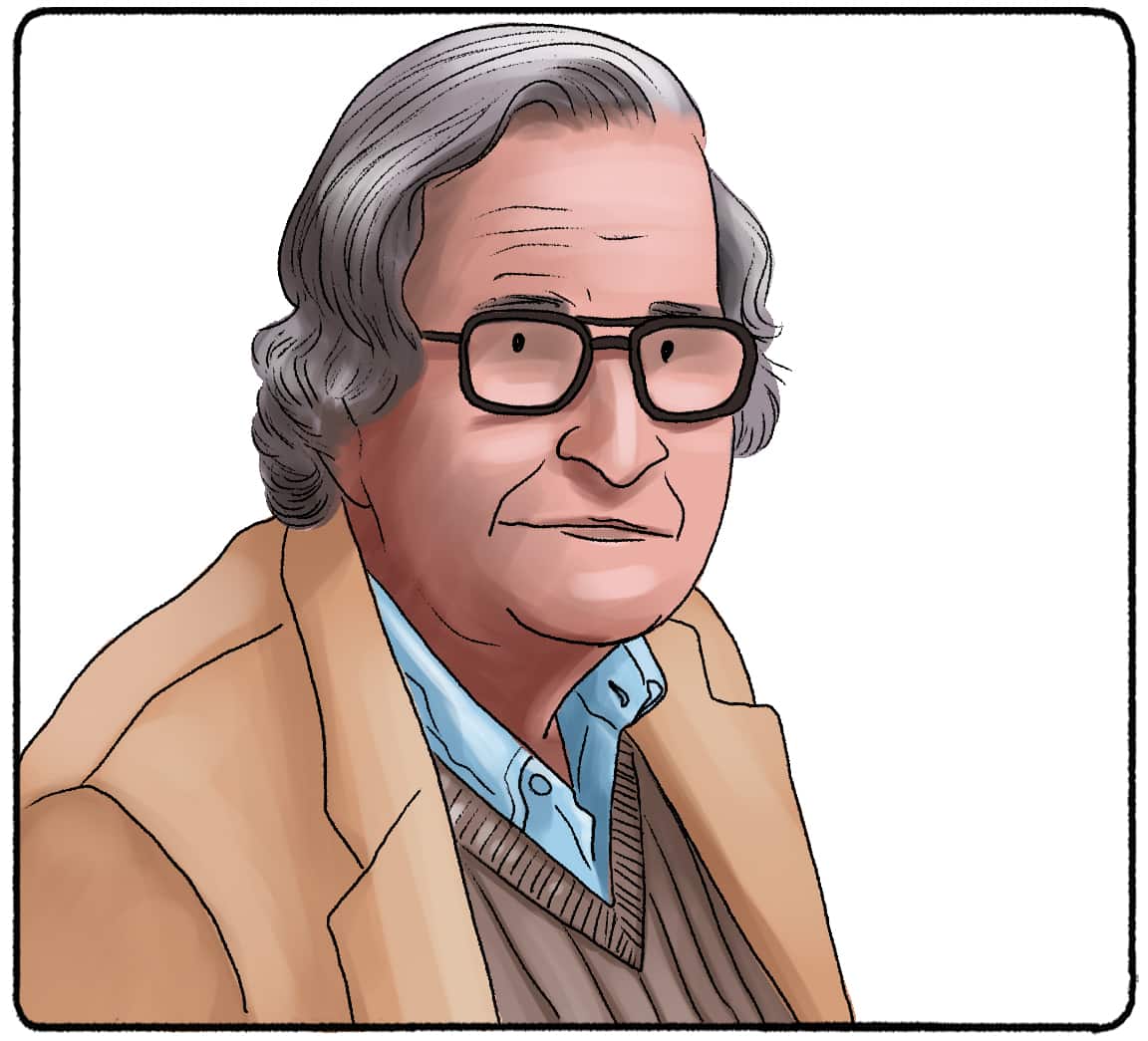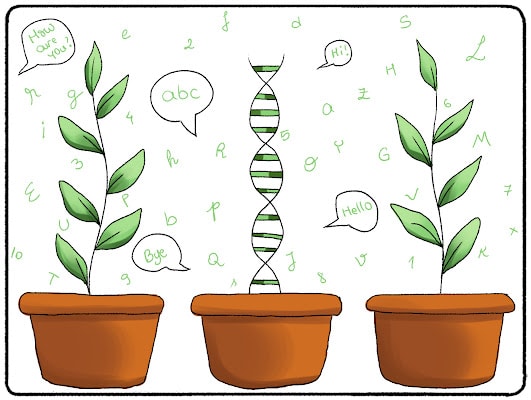What do you think of when you hear the words, “feral child?” You might have come across a feral cat or feral dog at a shelter, but feral children are not anywhere near as common. They seem to only exist in stories, like The Jungle Book or Tarzan. You might be surprised to learn that not all feral children are raised in the wilderness by wolves or gorillas. Some modern cases of feral children, like the case of Genie, are still alive today. Genie’s story is one of mental health, forbidden experiments, and the failures of society to protect people who have been left behind.
Who Is Genie?
Genie was a child who was born healthy, but raised in an environment with severe neglect and abuse. Due to this, she was unable to learn how to speak and function in society. Genie is used as an example of feral child syndrome and has been studied in developmental psychology.

Feral children may grow up in the wilderness, completely abandoned by their parents. They may also grow up in a home, like Genie did. Genie, born Susan Wiley, was born in April 1957 to parents Clark and Dorothy Wiley. Dorothy was 90% blind, and had migrated to California from Oklahoma during the Dust Bowl. Clark was the son of a brother owner, who had been bounced around from foster home to foster home his whole life.
Genie was born at a healthy weight and height. She had a five-year-old brother with allegedly no developmental disabilities. In her infancy, Genie appeared fairly normal. She was, however, diagnosed with a congenital hip dislocation. The issue resulted in Genie wearing a splint through her infancy and delays in walking. At the time, Genie’s father Clark believed that his child had mental disabilities, along with physical. Many psychologists believe that Clark felt that he had to protect Genie, partially explaining his horrific behavior later in Genie’s life. Others believe that Clark was delusional, spurred by intense feelings of rage and grief after the death of Clark’s mother. At 20 months old, Genie’s family moved into Clark’s mother’s home, and Genie was shielded from the world for the next 12 years.
(Her childhood home is featured on this Reddit post.)
Severe Neglect and Abuse
This isolation is what made Genie a “feral child.” During the day, Clark strapped Genie to a child’s toilet with a diaper and DIY straightjacket. At night, Genie was confined to a crib, bound by wires.
She failed to develop language, partially because she never attended formal education, but also partially because her father would growl and bark at Genie like a dog. If Genie (or any member of the family) were to make any sort of noise or fuss, Clark would beat them with a plank. Although Genie’s mother claimed that Clark would feed Genie three square meals a day, these meals consisted of baby food. Clark would spoon-feed Genie, sometimes rubbing her face in the food.
Clark ran his household like a cult, and was extremely paranoid. He continued to threaten his wife, and only allowed his son to leave the house to go to school. When his son came back to the house, he had to identify himself in various ways to be let in. Clark would sit in the living room with his shotgun on his lap, sometimes falling asleep in front of the front door with said shotgun.
When Genie’s brother was 18, he ran away from home. That year, Genie and her mother were allowed out of the house after a huge fight with Clark. Genie’s mother brought Genie into what she thought was a state office to apply for disabilities. Her near-blindness led her to the state social services office. Upon seeing Genie, who was severely malnourished and had a strange “bunny walk” (with her hands poised at her chest like a bunny,) employees thought that the girl was 6 or 7 - she was almost 14. Genie was taken into protective care and her parents were arrested.
Clark committed suicide before he could go to court and face his crimes. All charges against Genie’s mother were dropped after she cited that the abuse she suffered from Clark prevented her from being able to care for Genie. Her case made national headlines, and because she was a minor, her true name was never used in stories. Instead of Susan Wiley, the “Wild Child” became known as “Genie.”
Studies on Language Acquisition
One distinct feature of feral children is that they never develop a first language. Genie could only understand a handful of words when she first examined at the Children’s Hospital Los Angeles. Her ability to speak was limited further. Eerily, the two phrases linguists recorded her saying were “no more” and “stop it.”
Genie became infamous not only because her case was one of the most horrific incidents of child abuse in modern history, but also because her situation was known to psychologists as a “forbidden experiment.” At the time that Genie was rescued from her parents, Noam Chomsky’s theory of innateness was popular in the linguistic psychology world. Chomsky believed that humans have an innate ability to acquire language. His theory of universal grammar appeared to support the idea that language is wired into our brains. Think nature, rather than nurture.

This theory can be supported to a degree, but experts could not prove universal grammar or innate language acquisition through experiments with children. Isolating one child from language for the sake of a psychological study, much less enough children to prove the theory, is highly unethical. Genie provided researchers a unique chance to look at the way that language is developed or stunted due to nature or nurture. From the moment that Genie was rescued, she was examined. An entire team of researchers visited her for years, sometimes on a daily basis. They monitored her brain activity, observing that she had an estimated mental age of a 5- to 8-year-old. Her linguistic development was that of a 1- or 2-year-old. She exhibited bizarre behaviors, some that could be explained by her childhood and others that appeared to have no explanation. Many questions, including that of whether she really had a mental disability like her father suggested, have gone unanswered.
This is partially due to the custody battles and ethical questions that went on throughout Genie’s later teenage years. The first “foster home” that Genie had was the home of her special education teacher, Jean Butler. Butler butted heads with the scientists who were observing Genie throughout her teenage years. Some questioned Butler’s intentions, even recalling Butler saying that Genie could make Butler “the next Anne Sullivan.” (Anne Sullivan is known for being Helen Keller’s teacher. Their story has been told in countless movies.)
David Rigler, the chief psychologist at Children’s Hospital Los Angeles, took custody of her next. He observed her behavior and worked with her for many years. During this time, she was able to learn some sign language and communicate through drawings. But her foster care with David Rigler ended at the age of 18. Throughout her teens, Genie had been in contact with her mother. At 18, she moved back in with her mother. Genie’s father was dead, but living with her mother was not the happy ending that anyone would have hoped for. Within a year, Genie’s mother sued many of the researchers involved in Genie’s case. She claimed that the researchers had crossed boundaries, breached confidentiality agreements, and overworked Genie. The next year, her mother forbade any of the research team from interacting with or studying Genie. But she also relinquished care of Genie, leaving her to be bounced around from foster home to foster home. When the researchers did try to reach out or find Genie, they were often disappointed to hear that she was not making the progress that she had been making as a teenager.
Where Is Genie Now?
Genie is only in her 60s now. She remains a ward of the state, and has not been in direct contact with the researchers that studied and took care of her after her rescue. Investigators who looked into her well-being reported back that she was happy, and although she didn’t use much verbal communication, she did take to sign language.
Still Many Questions to Be Answered
When Genie was rescued in the 1970s, researchers jumped at the opportunity to work with a “forbidden experiment.” Their passion for the research, and their eventual attachment and care for Genie, ultimately ended in unfinished work and estrangement from Genie. To this day, one researcher has repeatedly tried to make contact with her. Many researchers were drawn to Genie’s charisma, despite her being nonverbal and developmentally delayed due to severe childhood trauma.
What does Genie’s case say about innate language acquisition? It depends on who you ask. Some say that her case is evidence for innate language acquisitions. Others argue that the case supports the critical-period hypothesis, which argues that we can “tap into” our innate ability to acquire language, but only during a specific period of development.
Nature vs. Nurture

What about nature vs. nurture? The jury is out on this one, too. Although the cruelty and trauma endured by Genie undoubtedly slowed her development, other research argues that her developmental disabilities were also due to her genetic makeup. If she did have mental and developmental disabilities, like her father believed as an infant, the impact of his cruelty would be a less prominent factor in her delays.
Genie is far from the only case of recent feral children, but is one of the most infamous. Her case also shows that issues of ethics and great debates in psychology are more blurry than they appear on paper.



